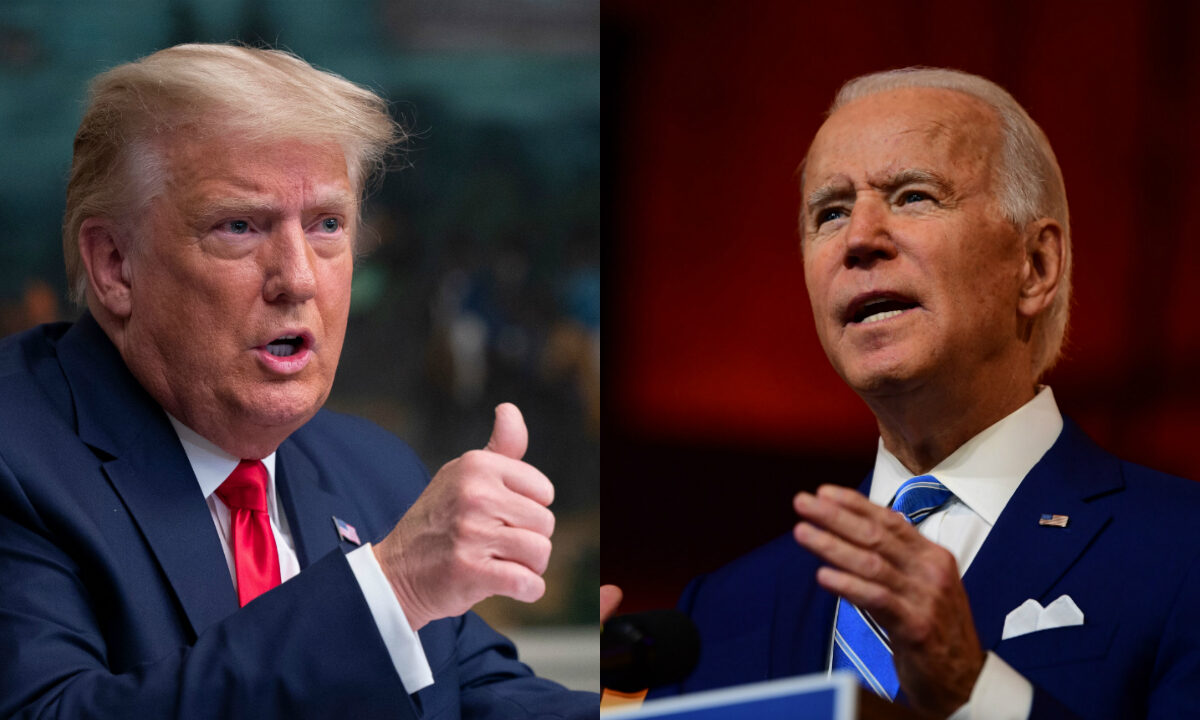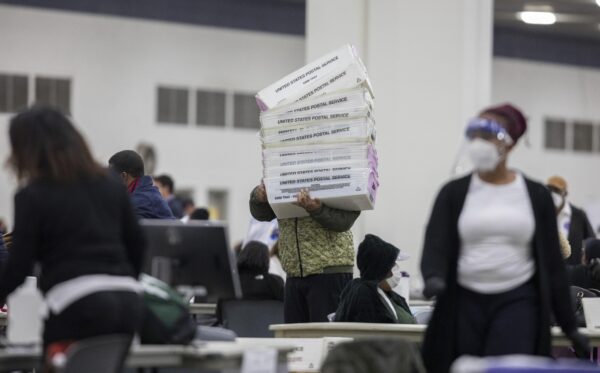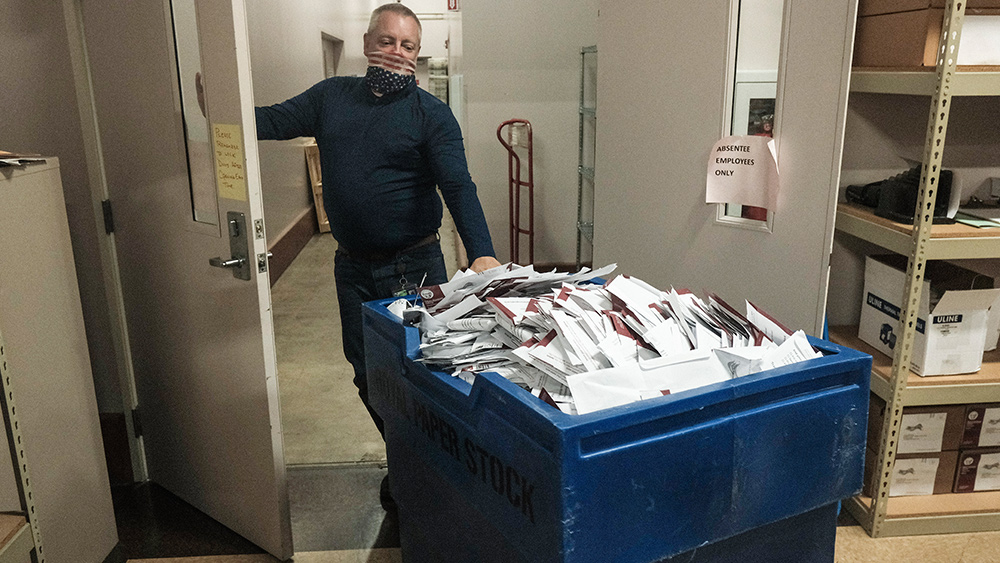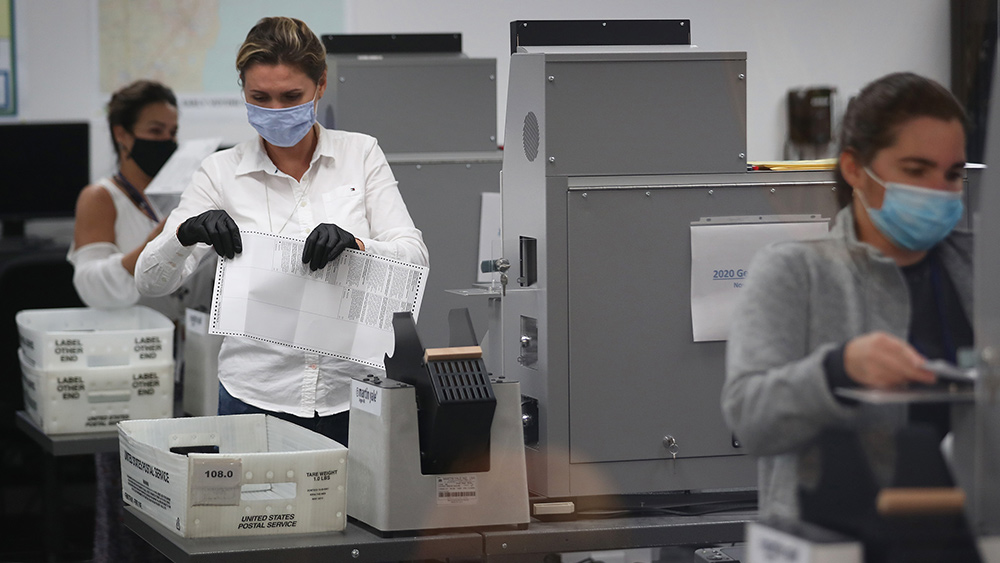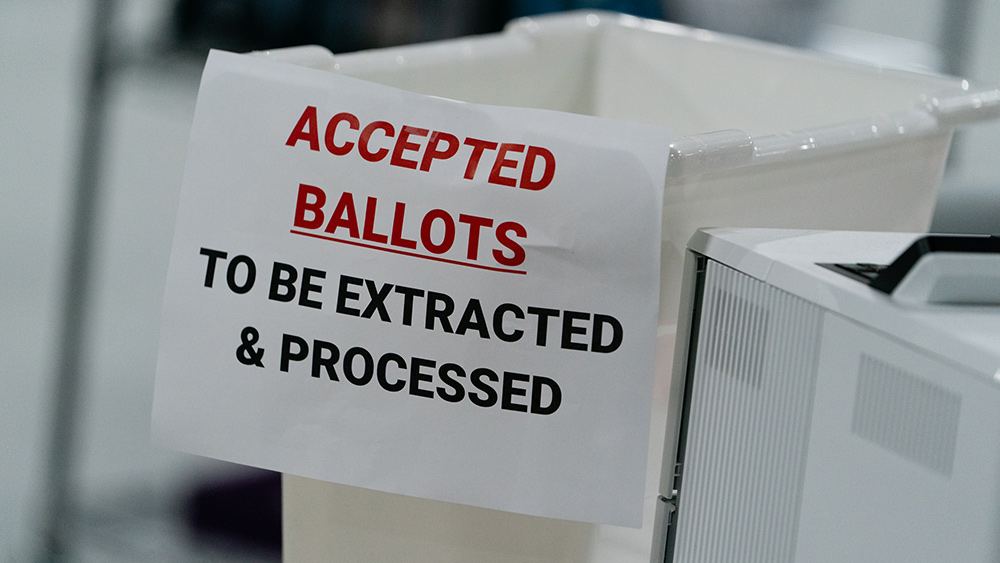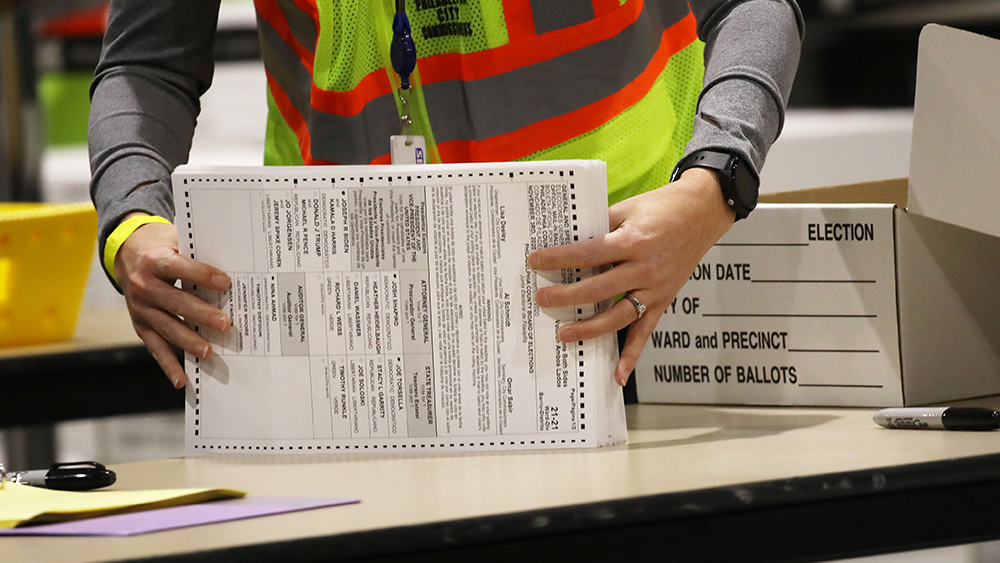Scientists say coronavirus has higher affinity for human cells than bat cells – does this prove it was laboratory made?
06/11/2020 / By Franz Walker
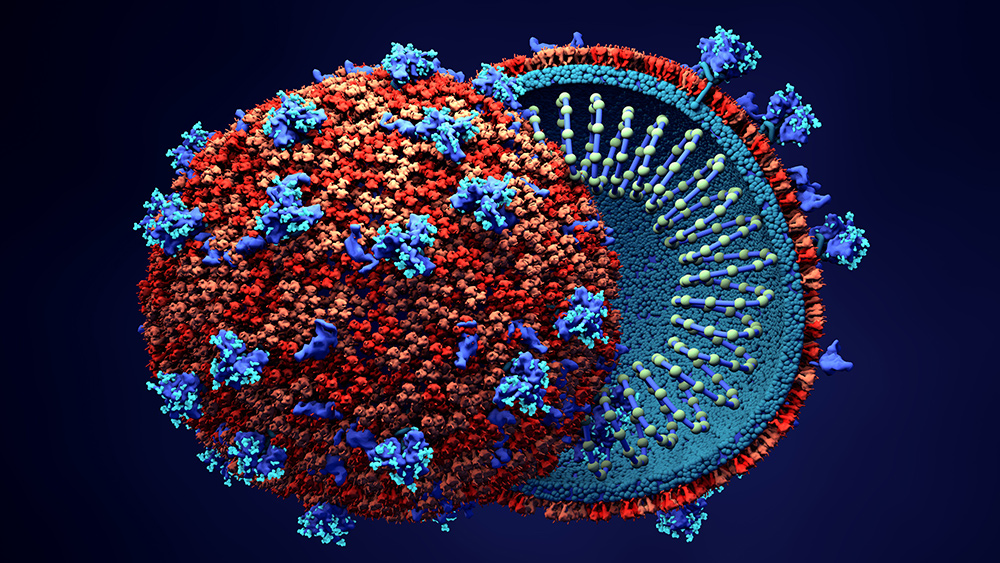
The Wuhan coronavirus (COVID-19) has a much higher affinity for human cells, according to Australian scientists. The findings call into question the thinking that the virus came from bats.
Nikolai Petrovsky and his research team at Australia’s Flinders University School of Medicine and Latrobe University found that the SARS-CoV-2 coronavirus — the pathogen behind the pandemic — infected human cells much more easily than animals cells.
“This is a new virus that has never been in humans before, but it has an extraordinarily high binding to human receptors, which is very surprising,” Nikolai Petrovsky, a professor at Flinders, told the Daily Mail.
“It is almost perfectly human adapted, it couldn’t do any better,” he added.
The findings of the study may even suggest a more sinister origin for it.
SARS-CoV-2 binds better to human cells than to bat cells
To study the virus, Petrovsky and his team used structural homology modeling to compare the affinity of the SARS-CoV-2 virus between human cells and cells from 13 common animal hosts.
In their modeling, the team found that SARS-CoV-2’s spike protein had the highest binding affinity to the ACE2 receptor in human cells, surpassing all the other tested cells, including bats. The latter is widely considered to be where the coronavirus came from.
Talking to NTD, Petrovsky said that the research implied that the virus had been exposed to human cells in the past for it to have evolved such a high affinity. He explained that such a high affinity to human cells is unusual for emerging viruses that have just jumped species.
Petrovsky explained that a species becomes a natural host of a virus after the latter has existed and evolved with the former over the course of thousands of years.
“So in that situation, the virus has made itself so optimally, designed itself to be perfect for that particular host species, because it’s evolved over time with that host,” he said. “And so that’s why you always expect the virus to bind highest to its natural host. And then it will bind less strongly to a different host, so, so yes … the expectation is that it should be highest for the natural host.”
However, this doesn’t seem to be the case for SARS-CoV-2, which binds more strongly with humans than it does with its supposed natural host.
Findings could support the theory that the virus came from a lab
For SARS-CoV-2 to have such a high affinity with human cells, Petrovsky says that either the virus gained its affinity because it came from a laboratory, or it was a “complete fluke.”
“We have to ask how that happened. Was it a complete fluke? It can be as nature has many shots at goal and you only see the ones that land,” Petrovsky said.
Most scientists think that the virus first made its jump to humans from bats being sold for food in an exotic animal market in Wuhan. An increasing number have theorized, however, that it may have instead come from the Wuhan Institute of Virology (WIV), which is located just a short trip away from the wet markets.
While the WIV has denied claims that it caused the outbreak, Petrovsky pointed out that the laboratory theory of the virus’s origin has not yet been disproved.
That said, Petrovsky said that this doesn’t mean that the virus was released on purpose. Rather, it could have been done so accidentally.
“Another possibility which still cannot be excluded is that SARS-CoV-2 was created by a recombination event that occurred inadvertently or consciously in a laboratory handling coronaviruses, with the new virus then accidentally released into the local human population,” he stated.
Independent investigation into virus origins needed
Petrovsky and his team’s research comes as world leaders have started calling for an impartial, independent and comprehensive investigation into the origins of the global pandemic. According to Petrovsky, the findings of his research means that such an investigation is urgently needed.
Last May, Australian Prime Minister Scott Morrison called out for one such investigation on China’s role in the global pandemic, including whether or not the virus may have been created in a laboratory.
However, China has resisted calls for such an investigation. More recently, tariffs imposed by China on Australia have been theorized to be a form of retribution for it making the suggestion.
Sources include:
Submit a correction >>
Tagged Under:
Australia, bats, biological weapons, bioweapons, China, coronavirus, covid-19, death science, disease, epidemic, flu, infections, outbreak, pandemic, research, superbugs, theory, virus, Wuhan, Wuhan coronavirus, Wuhan Institute of Virology
This article may contain statements that reflect the opinion of the author
RECENT NEWS & ARTICLES
Trump.News is a fact-based public education website published by Trump News Features, LLC.
All content copyright © 2018 by Trump News Features, LLC.
Contact Us with Tips or Corrections
All trademarks, registered trademarks and servicemarks mentioned on this site are the property of their respective owners.

